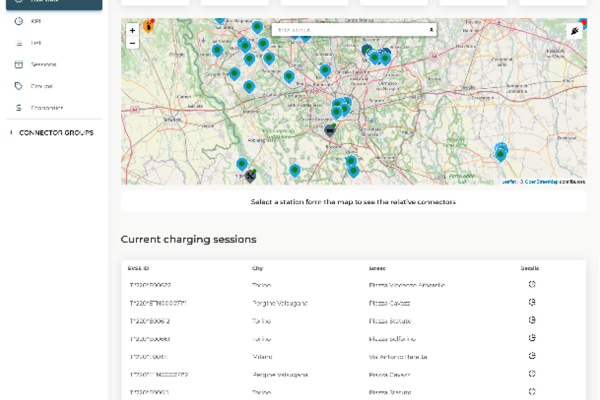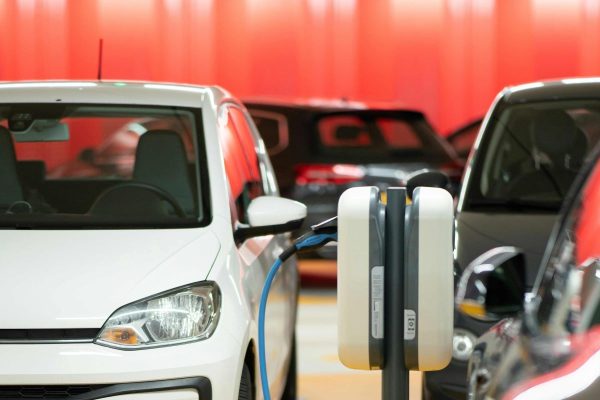WHEN you are in the enviable position of being offered a company car it’s tempting to opt for something you’ve always wanted but couldn’t necessarily justify.
It doesn’t matter if your heart’s desire is luxury, performance, or just making the neighbours feel slightly inferior, with a company car you can drive something that may otherwise be out of your price bracket.
While it’s easy to succumb to the temptation there is a price to pay for your company car. If your employer provides you with a vehicle you will have to pay Benefit in Kind (BIK) company car tax and that can have a significant effect on the amount of money in your pocket at the end of each month. With BIK tax rates on the rise over the next couple of a years that could, depending on what you choose to drive, add hundreds to your annual tax bill.
Or you could drive your own car and not have to worry about the BIK tax at all.
Most employers who offer a company car scheme will also offer a car allowance that can be paid as part of your salary. You will still pay tax on the allowance but only at your standard rate so it could leave you better off in the long term – although you do have to be careful how this is constructed to not fall foul of new HMRC OpRA rules.
It could also open up a wider range of cars than your employer would necessarily offer as you can now trawl the second-hand market as well as private leasing and PCP deals.
But before you run out to buy that Ferrari you saw last week there are some factors you need to consider.
Opt out of your company car scheme and all the benefits that come with it won’t be available to you.
Not only will you have to pay for the car itself, and tax and insure it (for business too), you will also have to cover all servicing costs as well as any repairs.
There are definite benefits to opting out but without the safety net of a company car scheme you need to know what to look out for and how to cover yourself against the worst case scenario.
That means making sure you have a proper warranty on the vehicle and Gap insurance to cover you in case the worst happens and the car is written off.
Get peace of mind and security with a warranty
According to Warranty Direct in the first four months of this year they have paid out £14k for a new engine in a Land Rover Discovery, £5k for a reconditioned Porsche gearbox, £8k for a BMW engine, £4K for new oil seals in an Audi, £3k for a Nissan torque converter*. Granted these are the big claims but if the worst happens would you have the funds to get your car back on the road quickly?
Even if a repair is relatively easy and inexpensive you will still have to fork out your own money to get the car back on the road. The most common faults that Warranty Direct have paid out on are things like alternators, water pumps, exhaust systems, wheel bearings, and such like. Not necessarily major jobs but still costly in terms of time and inconvenience.
A decent warranty will cover all of these faults and ensure parts and labour are covered should you be facing an unwanted trip to the garage.
The best warranties also cover general wear and tear – because eventually most parts will wear out – and can even stretch to consumable items like belts and bulbs.
If you choose to drive a used car that is already out of warranty then purchasing a new warranty is absolutely essential. They are relatively inexpensive compared to the garage bill you could be facing and should be factored in to your budget from day one.
Make sure you get Gap insurance
The other consideration is Gap Insurance.
If you find yourself on the wrong end of an accident, or your car is stolen, then you can rely on your insurance company to compensate you for the value of the car. What they won’t do is ensure you get back the full price you paid, and that could leave you significantly out of pocket as well as without your car.
When your insurance company values your car they decide what it’s worth based on the age, condition, mileage, and so on. They will assign a current market value based on a like for like replacement, but if you’ve had the car for a year or two, clocked up a few thousand miles, then that value could be significantly less than you actually paid.
Yes, you will get a payout but you won’t necessarily get the full value it would cost to replace that car with a similarly specced model with the same mileage as you bought it with.
Gap insurance does exactly what it says on the tin. If you paid £10k for your car and it’s stolen or written off a year later your insurance company may decide that you car is only worth £5k. You now have half as much to spend on a replacement than you did 12 months ago. What do you do? You either put your hand in your pocket or buy a cheaper car than the one you just lost. Gap insurance prevents that scenario from occurring in the first place.
There are a few types of Gap Insurance to choose from but all serve the same basic purpose. If the worst happens and you lose your car the Gap insurance makes up the shortfall between the insurance payout and the price you paid originally. Depending on the car in question you can opt for vehicle replacement, return to invoice, or return to value policies. The available options will depend on how old the car is, the mileage, and whether it was bought privately or through a dealer. A vehicle replacement policy is only available on new cars so this is the one to opt for if you are leasing or going down the PCP route. If you bought the car used then you will need either a return to invoice or return to value policy.
Opting out of a company car scheme is increasingly common and will continue to be so as long as BIK rates leave company car drivers out of pocket. It may be daunting to lose the safety net of that car scheme, but as long as you understand what you are doing and take steps to make sure you have the right insurance and warranty in place you shouldn’t have any problems.
Ok, lecture over. Now you can go and buy that Ferrari we mentioned earlier.
*Based on Warranty Direct claims data Jan 2018 – May 2018.







